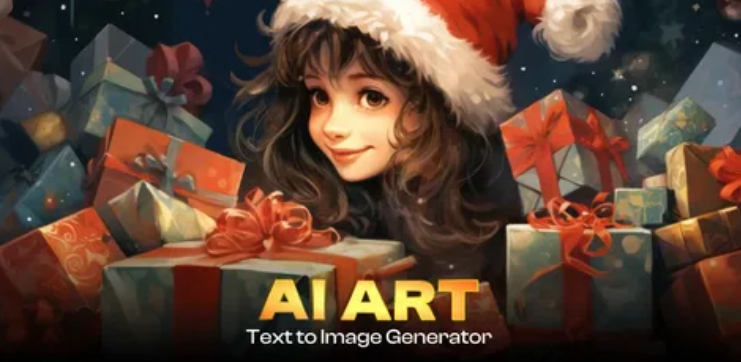
For centuries, the act of creating art has been a deeply human pursuit driven by emotion, experience, and intuition. From oil paintings and classical compositions to sculpture and poetry, art has always been tied to the human soul. But in recent years, artificial intelligence has stepped onto the creative stage, bringing with it a new and controversial era: AI-generated art.
No longer confined to logic and math, machines are now composing music, designing graphics, writing poetry, and even creating award-winning paintings. As AI models become more sophisticated, they’re beginning to challenge our long-held definitions of what art is and who gets to make it.
How AI is Creating Art
AI-generated art is built on complex algorithms that analyze enormous data sets. These programs “learn” styles, colors, patterns, and even emotional tones from thousands or millions of existing pieces. Using that information, they can create new works that mimic or even innovate on those styles.
For instance, image generators like DALL·E and Midjourney can produce detailed, surreal, or photorealistic artwork from just a short text prompt. Music platforms are training AI to write new symphonies based on Beethoven’s style. Even poetry and prose are being generated by models that understand not only grammar but tone and rhythm.
The key isn’t that AI thinks or feels it doesn’t. Instead, it uses pattern recognition to assemble creative outputs that feel human. That makes it a powerful tool, not a competitor, for many artists, designers, and creators.
AI in Commercial Design and Branding
One of the most accessible applications of AI-generated art is in the world of branding and visual design. Entrepreneurs, marketers, and even small business owners are using AI to create assets like product packaging, social media content, and promotional graphics. This includes logos once the domain of graphic designers, now also generated by intuitive platforms. Using a logo maker, users can quickly generate a professional logo by inputting just a few preferences. The AI then delivers custom design options tailored to brand style and industry.
What makes this so revolutionary is the speed and ease of access. You no longer need advanced software skills or a large budget to build a visual identity. With AI tools, anyone from freelance writers to small shop owners can present their brand professionally.
The Creative Debate: Tool or Threat?
As AI enters creative spaces, it raises questions that spark both excitement and concern. Is AI diluting the value of human-made art? Or is it simply a new kind of brush, allowing people to express ideas more efficiently?
Some artists see AI as a tool, much like the invention of photography or digital editing. Just as Photoshop didn’t replace painters, AI isn’t likely to replace artists entirely. Instead, it can enhance their work handling repetitive tasks, offering creative suggestions, or generating ideas that the artist can refine.
However, others worry that the rise of AI-generated art may devalue traditional craftsmanship. If anyone can produce a visually appealing piece with a few clicks, what happens to the years of training and experience human artists bring?
Copyright is another gray area. Since AI is trained on existing artworks, there are concerns over how much of the final product is truly “original.” Some creators argue that using their works without permission to train AI models is a form of plagiarism, even if the final product looks different.
Democratizing Creativity
Despite the controversy, there’s no denying that AI is democratizing creativity. Tools that once required expensive software, formal education, or niche skills are now accessible to virtually anyone with an internet connection.
This is especially impactful in education, small business, and developing countries, where access to design tools has historically been limited. Students can use AI to visualize historical scenes or generate inspiration for writing. Nonprofits can design materials without hiring agencies. Small startups can produce high-quality branding, leveling the playing field in a competitive market.
By lowering technical and financial barriers, AI empowers more people to engage in creative expression, regardless of background or skill level.
The Future of AI and Human Collaboration
Looking ahead, the most promising path may be collaboration, not competition. Human creativity, combined with machine efficiency, could lead to new genres of art, design, and storytelling. Some artists are already blending AI into their workflows not to replace their own ideas, but to push them further.
We may also see the rise of “curator” roles, people who don’t create art from scratch but direct AI tools with taste, vision, and emotional intent. These roles could become central to advertising, content creation, and even entertainment industries.
In addition, as AI tools become more advanced, ethical frameworks and creative rights will need to evolve. Questions about authorship, originality, and compensation will continue to emerge, prompting legal and cultural shifts.
.
